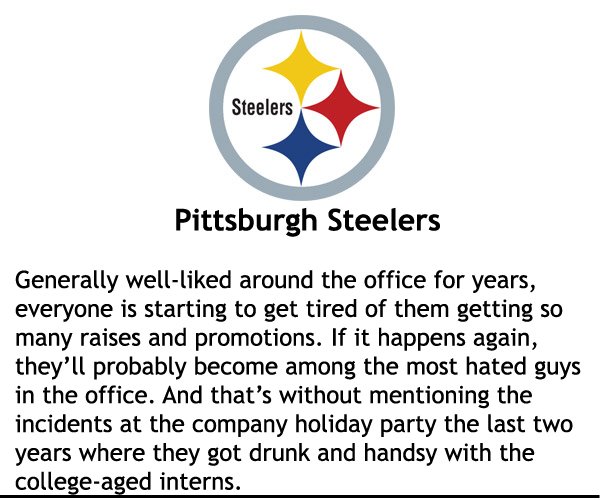What if old-school video game characters were to invade our world? Would you be able to spot them? What if they continued to exist in their 8-bit graphics glory? Illustrator Aled Lewis shows us just that in his Flickr set titled Video Games vs Real Life. As the set shows photos from June 2007 to now, I certainly hope that he will continue this project because I can't wait to see what he comes up with next! Via Bit Rebels. ...
Continue readingLast Saturday, our beloved Ravens were booted out of the playoffs. It was an especially disappointing loss because not only did they lose to their #1 rivals after a first half that looked more than promising, it was Claire's first NFL playoffs and we had ordered a baby cheerleader outfit just for the occasion. This year's NFL playoffs have been full of upsets and surprises. Now, with only four teams remaining (two of which no one had expected to go this far), I will be rooting for a Packers win for Super Bowl XLV. Anyone else with me? :-D I happened upon a funny article titled Steelers, Jets, Packers, Bears And Their Office Equivalents earlier today. I knew that I had to...
Continue readingLast week I was talking to a friend about her efforts to get pregnant. When she mentioned that she might start taking her basal body temperature, I strongly urged her to sign up for a Fertility Friend account. After all, I myself had gotten pregnant with the help of Fertility Friend (and got to know my body much better in the process). Fertility Friend popped into my head again last night as I was battling insomnia. I hadn't logged on since my first trimester of pregnancy with Claire — and I have no reason to log in at the moment as trying to get pregnant is the last thing on my mind — but I felt a strong urge to go...
Continue readingRaising my daughter without the help of my in-laws has (surprisingly) been a lot easier than I thought. And while there are times when I am missing them sorely because I am dying for a nap or want to go run a quick errand without doing all the time-consuming things that involve going out with an infant, I have found that most of the time, taking care of the baby on my own is actually easier than having others help out...
Continue readingIn addition to Claire's extra fussiness during the past week, a series of circumstances have left me severely disappointed and disheartened with the world and its inhabitants. Furthermore, J's parents will be returning to Hong Kong tomorrow. Which means that it will be just me with the baby (and Comang) from now on while J is at work. While I am grateful for all the help that my in-laws have provided, I wish they had gradually given me more time alone with the baby so that I will not be scared so sh*tless for the upcoming days/weeks/months (however long it will take for me to adjust to my new living situation). As such, I have decided to take a break from blogging. I...
Continue reading


